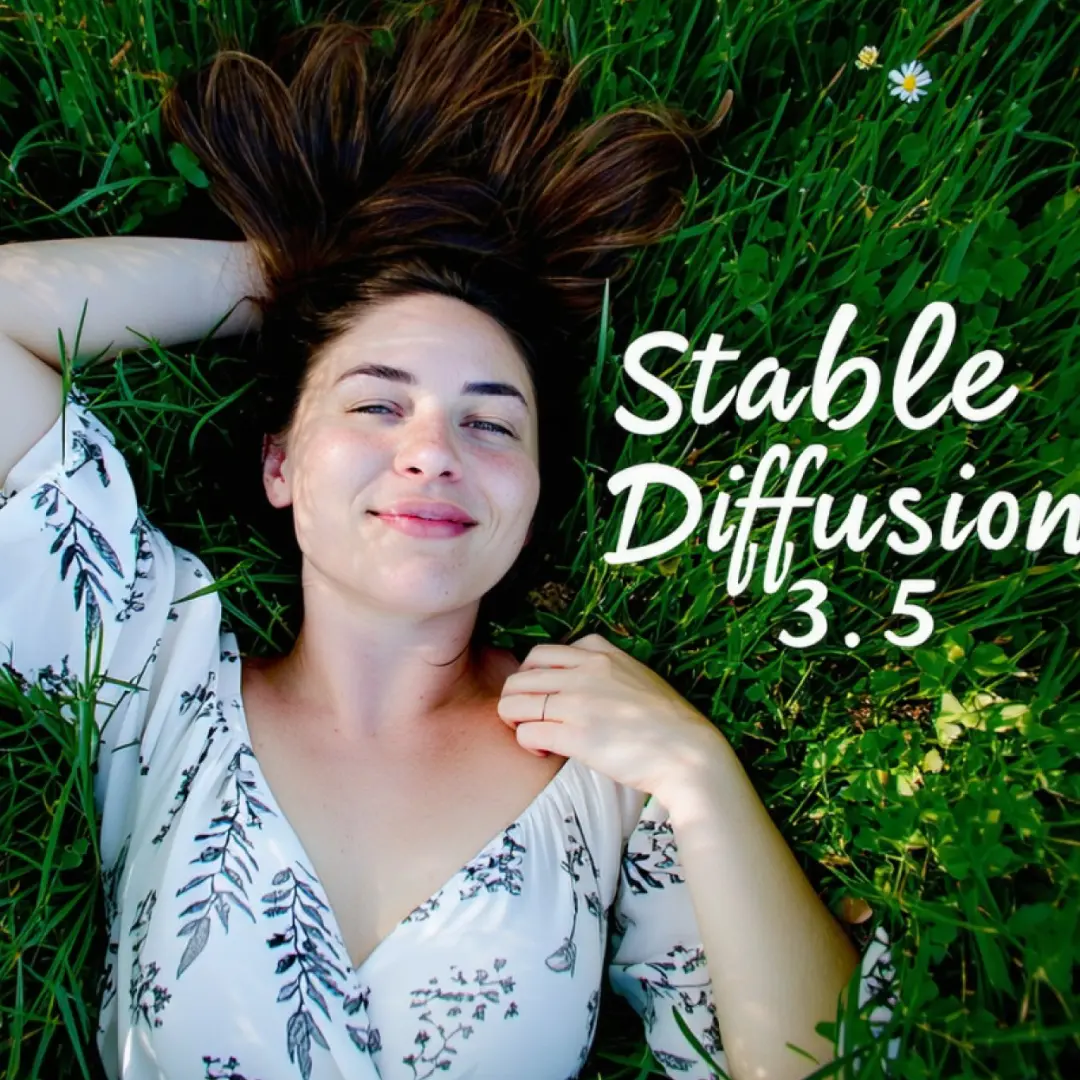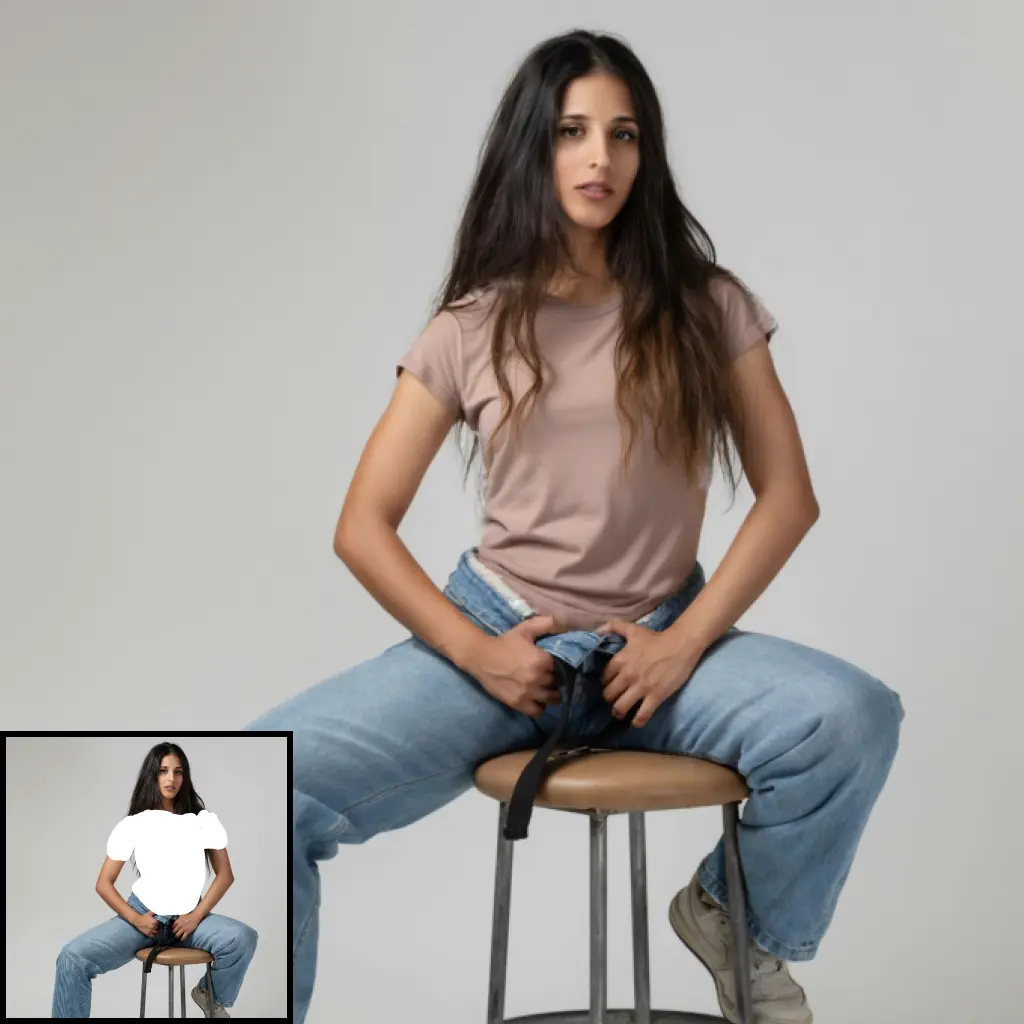ComfyUI Node: TIPO
TIPO
Categoryutils/promptgen
KohakuBlueleaf (Account age: 1913days) Extension
TIPO-extension Latest Updated
2025-03-05 Github Stars
0.44K
How to Install TIPO-extension
Install this extension via the ComfyUI Manager by searching for TIPO-extension- 1. Click the Manager button in the main menu
- 2. Select Custom Nodes Manager button
- 3. Enter TIPO-extension in the search bar
Visit ComfyUI Online for ready-to-use ComfyUI environment
- Free trial available
- 16GB VRAM to 80GB VRAM GPU machines
- 400+ preloaded models/nodes
- Freedom to upload custom models/nodes
- 200+ ready-to-run workflows
- 100% private workspace with up to 200GB storage
- Dedicated Support
TIPO Description
Enhance AI art generation with structured text prompt management and manipulation for coherent and targeted outputs.
TIPO:
The TIPO node is designed to enhance the creative process in AI art generation by providing a structured approach to managing and manipulating text prompts. It serves as a versatile tool that allows you to format, filter, and refine prompts through a series of operations, ensuring that the generated art aligns with your creative vision. By leveraging TIPO, you can apply specific formatting rules, manage banned tags, and adjust the strength of various prompt components, ultimately leading to more coherent and targeted outputs. This node is particularly beneficial for artists looking to maintain consistency in their work while exploring different artistic styles and themes.
TIPO Input Parameters:
tags
This parameter allows you to input a list of tags that will be used to guide the art generation process. Tags can be descriptive words or phrases that define the elements you want to include in your artwork. The default value is an empty string, and it supports multiline input for complex tag structures.
nl_prompt
The natural language prompt is a textual description that provides additional context or instructions for the art generation. It can be used to convey more nuanced ideas that tags alone might not capture. The default value is an empty string, and it supports multiline input.
ban_tags
Ban tags are specific tags that you want to exclude from the art generation process. This parameter helps in filtering out unwanted elements, ensuring that the final output does not contain any undesired features. The default value is an empty string, and it supports multiline input.
tipo_model
This parameter specifies the model to be used for the TIPO operations. It is selected from a predefined list of model names, with the default being the first model in the list. The choice of model can significantly impact the style and quality of the generated art.
format
The format parameter defines the structure and organization of the output prompt. It uses a template with placeholders for different categories such as special, characters, copyrights, artist, general, extended, quality, meta, and rating. The default format is a multiline string that includes all these categories.
width
This parameter sets the width of the generated image, with a default value of 1024 pixels. The maximum allowable width is 16384 pixels, allowing for high-resolution outputs.
height
Similar to width, this parameter sets the height of the generated image. It also defaults to 1024 pixels, with a maximum of 16384 pixels, providing flexibility in the aspect ratio of the artwork.
temperature
Temperature controls the randomness of the text generation process. A lower temperature results in more deterministic outputs, while a higher temperature introduces more variability. The default value is 0.5, with a step size of 0.01 for fine-tuning.
top_p
This parameter is used in nucleus sampling to limit the set of possible outputs to a subset of the most probable ones. The default value is 0.95, with a step size of 0.01, allowing you to balance between creativity and coherence.
min_p
Min_p sets the minimum probability threshold for considering a token in the output. It helps in filtering out less likely options, with a default value of 0.05 and a step size of 0.01.
top_k
Top_k limits the number of highest probability tokens to consider during generation. The default value is 80, which helps in maintaining a balance between diversity and relevance in the output.
tag_length
This parameter determines the length of the tags used in the prompt, with options ranging from very_short to very_long. The default setting is long, which provides a detailed description for the art generation.
nl_length
Similar to tag_length, this parameter sets the length of the natural language prompt. It also offers options from very_short to very_long, with the default being long, ensuring comprehensive instructions for the model.
seed
The seed parameter is used to initialize the random number generator, ensuring reproducibility of the generated outputs. The default value is 1234, allowing you to recreate specific results consistently.
device
This parameter specifies the computing device to be used for the operations, with options including cpu and cuda. The default is cuda, which leverages GPU acceleration for faster processing.
TIPO Output Parameters:
tags
The output tags are a refined list of tags that have been processed and adjusted based on the input parameters. They represent the final set of elements that will guide the art generation, ensuring alignment with your creative goals.
nl
The natural language output is a formatted and potentially extended version of the input prompt. It incorporates any additional instructions or context generated during the TIPO operations, providing a comprehensive guide for the art generation process.
TIPO Usage Tips:
- Experiment with different tag and nl_length settings to see how they affect the detail and complexity of the generated art.
- Use the ban_tags parameter to refine your outputs by excluding elements that do not fit your artistic vision.
- Adjust the temperature and top_p parameters to find the right balance between creativity and coherence in your outputs.
TIPO Common Errors and Solutions:
"Invalid model selection"
- Explanation: This error occurs when the specified tipo_model is not available in the predefined list.
- Solution: Ensure that the model name is correctly spelled and exists in the list of available models.
"Image dimensions exceed maximum limits"
- Explanation: The specified width or height exceeds the maximum allowable size of 16384 pixels.
- Solution: Adjust the width and height parameters to values within the allowed range.
"Unsupported device type"
- Explanation: The selected device is not supported for the operations.
- Solution: Choose either "cpu" or "cuda" as the device parameter, depending on your hardware capabilities.
TIPO Related Nodes
RunComfy is the premier ComfyUI platform, offering ComfyUI online environment and services, along with ComfyUI workflows featuring stunning visuals. RunComfy also provides AI Playground, enabling artists to harness the latest AI tools to create incredible art.


